When can a toolmaker’s clamp be used? |
||||
| Shop for Toolmakers Clamps | ||||
|
A toolmaker’s clamp can be used for a range of different tasks including drilling, milling, tapping and as a vice. Find out more about how to use a toolmaker’s clamp to do all of these functions below. |
||||
Drilling |
||||
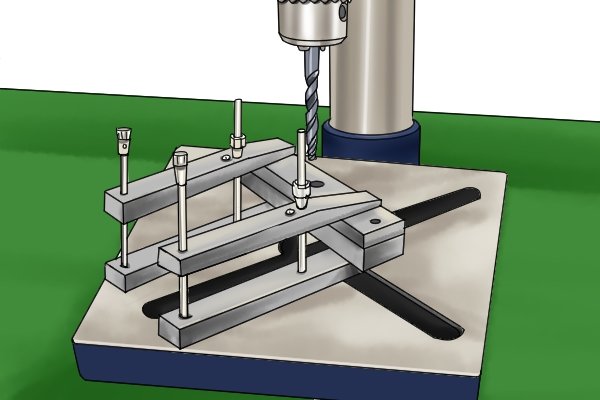 |
The toolmaker’s clamp can hold material to be drilled. | |||
Milling |
||||
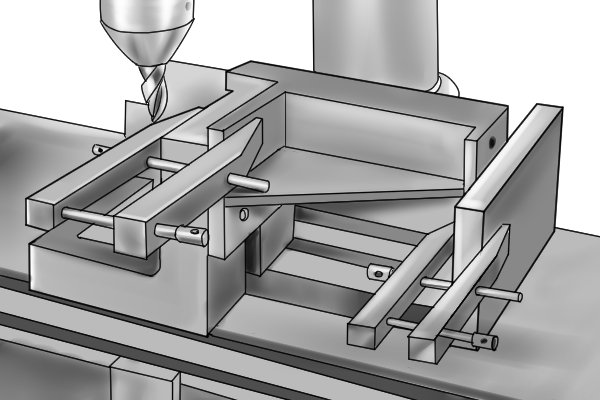 |
It can also be used during milling operations. Milling is the machining process of using cutters that rotate to remove material from a workpiece. This picture shows two toolmaker’s clamps being used to hold a casting between two angled plates. | |||
Tapping |
||||
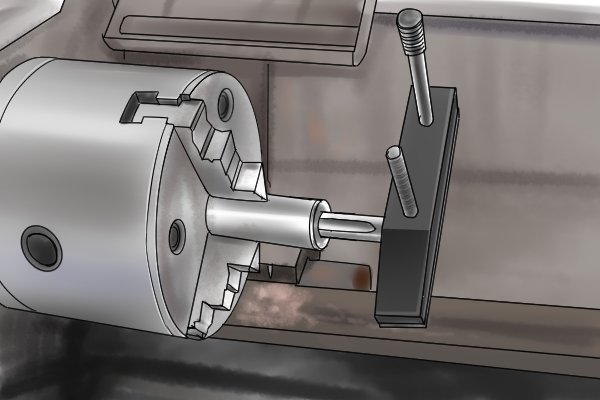 |
A toolmaker’s clamp could also be used for tapping applications. Tapping is the process of cutting threads using a tap and die, which are the cutting tools. A toolmaker’s clamp is suitable for holding the material you are using in place so you are able to cut out a thread securely and correctly.In the picture, the toolmaker’s clamp is used to turn the tap to produce a thread. | |||
Vice |
||||
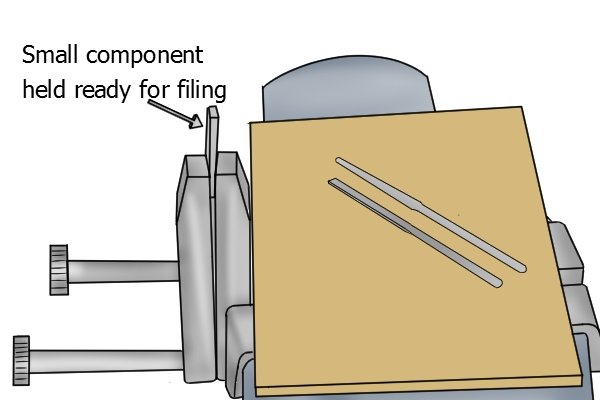 |
A toolmaker’s clamp can also be used as a vice to work on very small components. A vice is used for holding or clamping a workpiece to allow work to be performed on it with a number of tools. Vices commonly contain a fixed jaw and a jaw parallel to that, which is moved towards or away from the fixed jaw using a screw. | |||
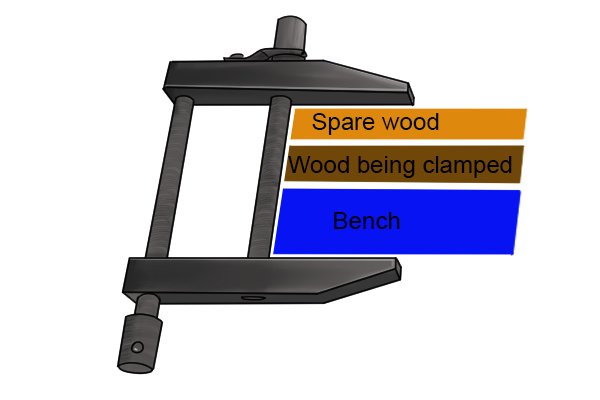 |
You can use a toolmaker’s clamp to secure a piece of wood to a workbench. To prevent the metal jaws damaging your workpiece, place a flat piece of scrap wood on top to protect it. | |||
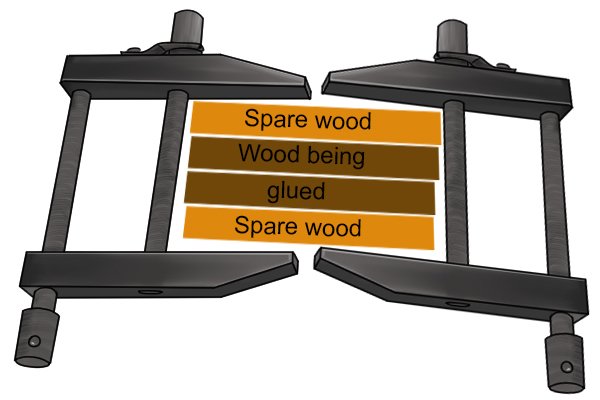 |
When gluing wood, you can use two toolmaker’s clamps and two pieces of flat spare wood. The glued material will have spare pieces of wood either side of it, preventing the jaws from damaging your work when they are tightened. | |||






